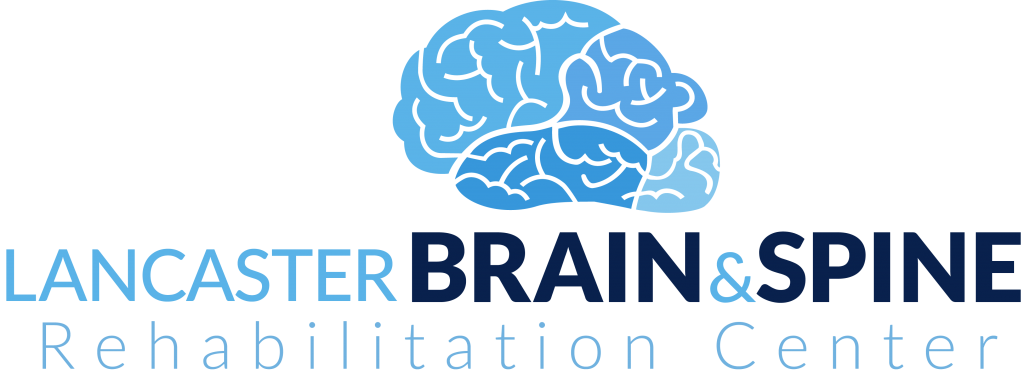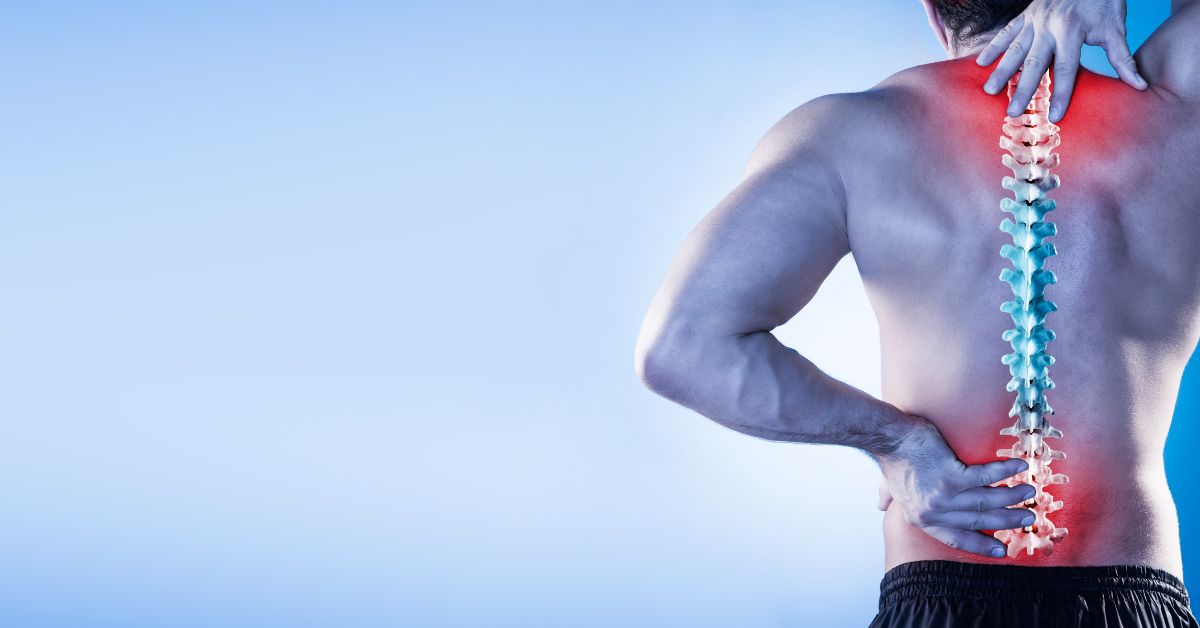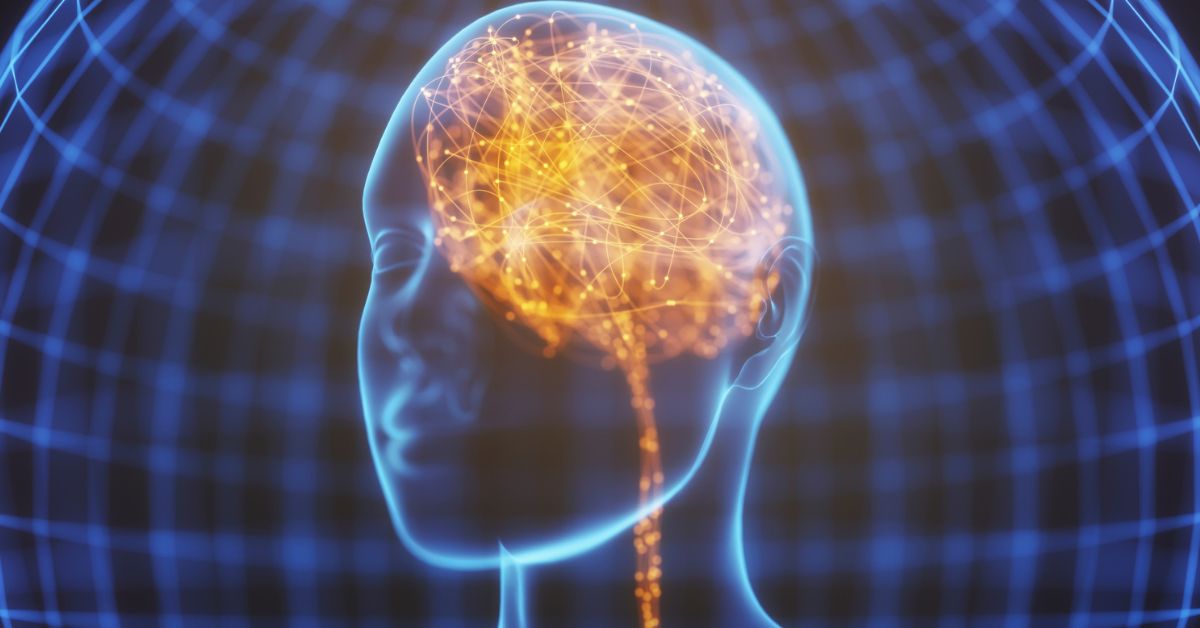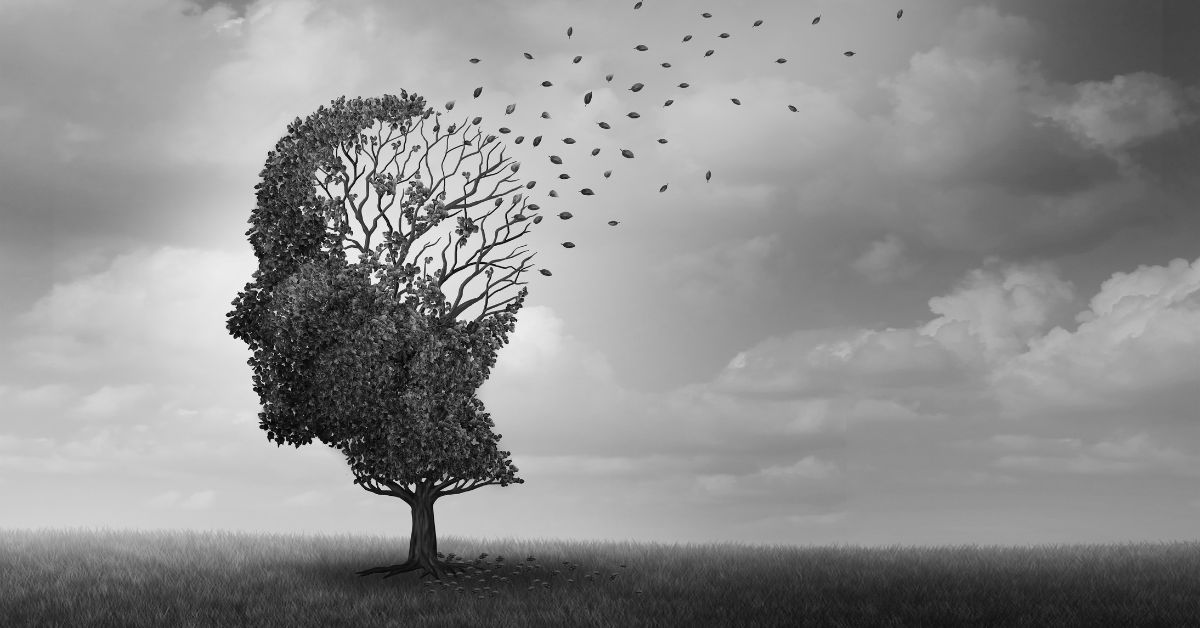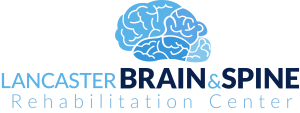Most of us have experienced some form of back injury. Unfortunately, they’re all too common and the discomfort they cause can range from a slight twinge to unbearable pain.
When back pain does occur, we often hear phrases like ‘I slipped a disc’, ‘I threw my back out’ or ‘I pinched a nerve’. These terms are often used interchangeably (and incorrectly) to describe any form of back injury. And while, yes, they each involve the spinal column, they actually refer to different types of disc injuries.
So we’re here to explain what discs are, and the various signs and symptoms people experience so you know if and when you or a loved one should seek professional help.
What Is A Spinal Disc?
Discs lie between your vertebrae, the bones in your spinal column, and each has a tough outer layer with a soft center. Discs serve as:
- Shock absorbers for your spine, providing a cushion between your bones
- Nerve root protection, creating space that prevents nerves from being pinched or compressed by the surrounding bones
But what’s really interesting about spinal discs is that they don’t have their own blood supply. Other body parts, like muscles and organs, have blood continuously circulating through them carrying nutrients, keeping your tissue healthy and healing any injuries.
However, since discs don’t have a blood supply, they require a different method to maintain their health and heal from injury. They do this through our natural, everyday movement. Your body’s motion throughout the day causes the discs to compress, stretch and relax, pushing much-needed nutrients into the discs. (That’s why doctors often say movement is the best medicine for a back injury.)
What Types Of Disc Injuries Are There?
The soft center of our spinal discs make them incredible shock absorbers for our spinal columns. However, that also means they can be easily compressed or distorted.
When this happens, we categorize disc injuries into two main types:
- Traumatic Onset
An injury caused by a single moment of impact, movement or force that changes the shape and structure of your disc. Also known as a disc herniation.
- Wear & Tear
An injury that occurs slowly over time as your disc is compressed. Also known as a disc bulge.
With a disc bulge, it’s common to lose the spacing and cushion from your disc, resulting in a compressed or pinched nerve from the spinal column, which can be quite painful.
What Signs & Symptoms Indicate A Disc Injury?
By knowing how common disc injuries may look or feel, you can self-assess and better understand when you should seek help.
Key signs and symptoms you should watch for include:
- Loss of strength
- Loss of sensation (numbness)
- Loss in muscle mass and tone
- Changes in reflexes
- Back pain
- Note: Pain is a common symptom of disc injuries, but it alone is not an indicator of severity. It’s entirely possible to have a severe injury with minimal pain and a minor injury with extreme pain.
- Changes in bowel or bladder function
- Note: Some lower back spinal nerves travel to your bladder and bowel to help them function. Therefore, changes in function could indicate a spinal column injury if those nerves have been damaged.
But remember, one of these symptoms alone does not necessarily mean you have a disc injury. For example, if you’re experiencing weakness or numbness, a disc injury is only one possible explanation. Think of your symptoms as puzzle pieces that need to be put together in order to see the full picture.
That’s why, at Lancaster Brain & Spine, we consider all your symptoms during our thorough full assessment. If you do have one or more of these symptoms, book a free 15-minute telephone consultation with us so we can help you determine the cause.
Ok, I Think I Have A Back Injury — Now What?
Getting a professional, physical examination should be your first step. This assessment will determine if you have a disc injury, if so what type, and which treatment method is recommended.
At Lancaster Brain & Spine, we use a hands-on approach because it allows us to assess symptoms in combination, like reflexes, muscle loss and numbness. Once we’ve determined what type of injury you have and its severity, we develop a treatment plan specific to your injury, lifestyle and goals.
With a wide range of treatment methods available in-house, we’re able to customize your treatment plan with targeted exercises, personalized treatments and laser therapy. All of our recommended therapies focus on healing your injury, decreasing your pain and helping you regain mobility.
Tired Of Living With Back Pain?
Even if your pain feels minor, we recommend getting your symptoms assessed and treatment started as soon as possible, because:
- The level of your pain does not always match the severity of your injury
- An injury left untreated could lead to serious health and mobility problems down the road
- A typical reaction when back pain is to sit still. However, specific movements and exercises may actually heal your injury and help you feel better (remember how discs require movement to receive nutrients?)
- Early diagnosis and treatment puts you on a smoother and faster road to recovery
If you or a loved one are experiencing any symptoms of a disc injury, we recommend seeking a professional opinion to determine the exact cause of your symptoms.
At Lancaster Brain & Spine, we specialize in these types of injuries and would be happy to discuss how we can help you. To speak with one of our experts, please contact us for your free 15-minute telephone consultation.
